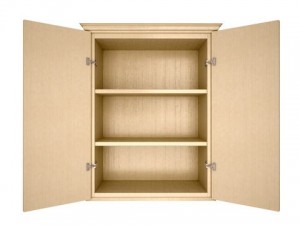Home » Commentary » Opinion » What’s left on the tax reform table?
· Ideas@TheCentre

 If a 50% hike in the GST has been swept from Treasurer Scott Morrison’s celebrated tax reform table, it is no bad thing. As commentators ranging from Paul Keating to yours truly have argued, the most likely end-result would have been bigger government, even if the reform package had initially been revenue neutral.
If a 50% hike in the GST has been swept from Treasurer Scott Morrison’s celebrated tax reform table, it is no bad thing. As commentators ranging from Paul Keating to yours truly have argued, the most likely end-result would have been bigger government, even if the reform package had initially been revenue neutral.
But this week’s turn of events leaves open the question as to what is left on Morrison’s table, or more precisely what should be left.
Top of the list should be personal income tax — the burden of which, thanks to bracket creep, is approaching a level as onerous as it has ever been. It is a massive hindrance to productive effort. Fixing this problem is not just a matter of fiddling with thresholds; the marginal rates themselves are too high, especially the top rate. And thresholds need to be indexed so that bracket creep can be stopped once and for all.
Personal income tax raises one out of every two Commonwealth tax dollars. Making an impression requires the government to give up a great deal of revenue. As the cupboard is already bare, the government may be tempted to take an axe to tax concessions that have long been targets of the revenue lobby: superannuation concessions, the capital gains tax discount and negative gearing. On careful inspection, however, most of these provisions exist for good reason and are not a source of vast sums to fund ordinary income tax relief. Attempting to fine-tune them could create another set of economic costs and compliance burdens while raising little revenue.
Income tax relief should be earned the hard way, as a dividend from government expenditure restraint. Paul Keating has reminded us that in similar circumstances in the 1980s, Commonwealth outlays were reduced in real terms and fell substantially as a share of GDP over four years. A commensurate effort today would see outlays some $70 billion a year lower than presently budgeted.
What’s left on the tax reform table?